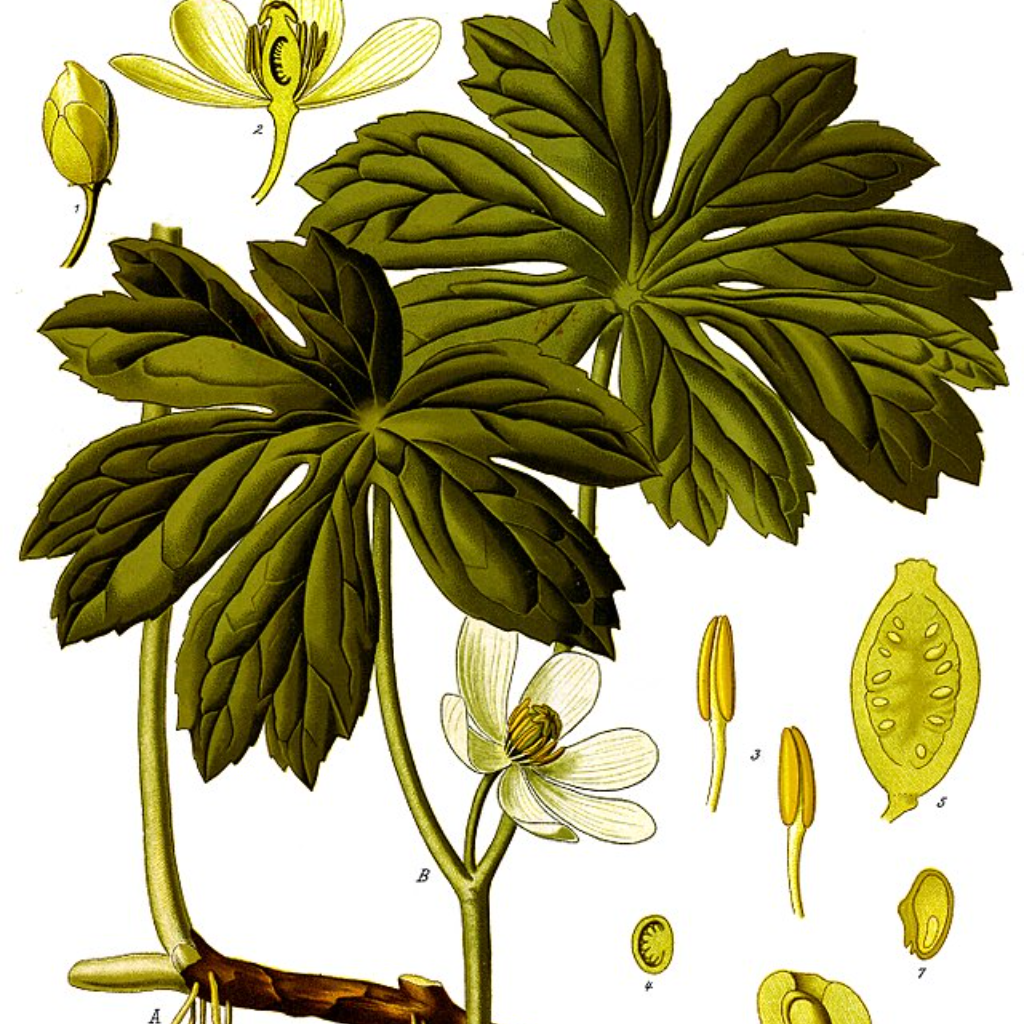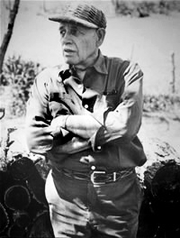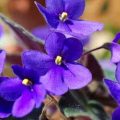The Mayapple or Mandrake: Symbolism, Fruit, and Botanical History
"In a painful time of my life, I went often to a wooded hillside where Mayapples grew by the hundreds, and I thought the sourness of their fruit had a symbolism for me."
May 14, 1900
On this day, nature writer Harold Glenn Borland was born.
While researching Hal Borland, I discovered what he wrote about Podophyllum Peltatum, the Mayapple.
“In a painful time of my life, I went often to a wooded hillside where Mayapples grew by the hundreds, and I thought the sourness of their fruit had a symbolism for me.
Instead, I was to find both love and happiness soon thereafter.
So to me, [the Mayapple] is the mandrake, the love symbol, of the old dealers in plant restoratives.”
Mayapple is in the barberry family. These plants contain a toxin used to treat the plantar wart.
The Mayapple also goes by other common names like American mandrake, wild mandrake, and ground lemon.
Today, this native perennial is an ornamental plant for its attractive foliage, and flowers bloom in May.
It bears an egg-shaped fruit whose common name is “Mayapple,” "love apples," or “American mandrake.”
Folklore says the mandrake root is an aphrodisiac.
According to Emma Darwin’s diary, Charles Darwin started taking "pod," an extract or resin from the Mayapple root, as a laxative for his stomach troubles on 24 March 1864.
However, the Mayapple or mandrake is poisonous, so don't attempt to use the Mayapple as medicine.
This post was featured onThe Daily Gardener podcast:
helping gardeners find their roots,
one story at a time







